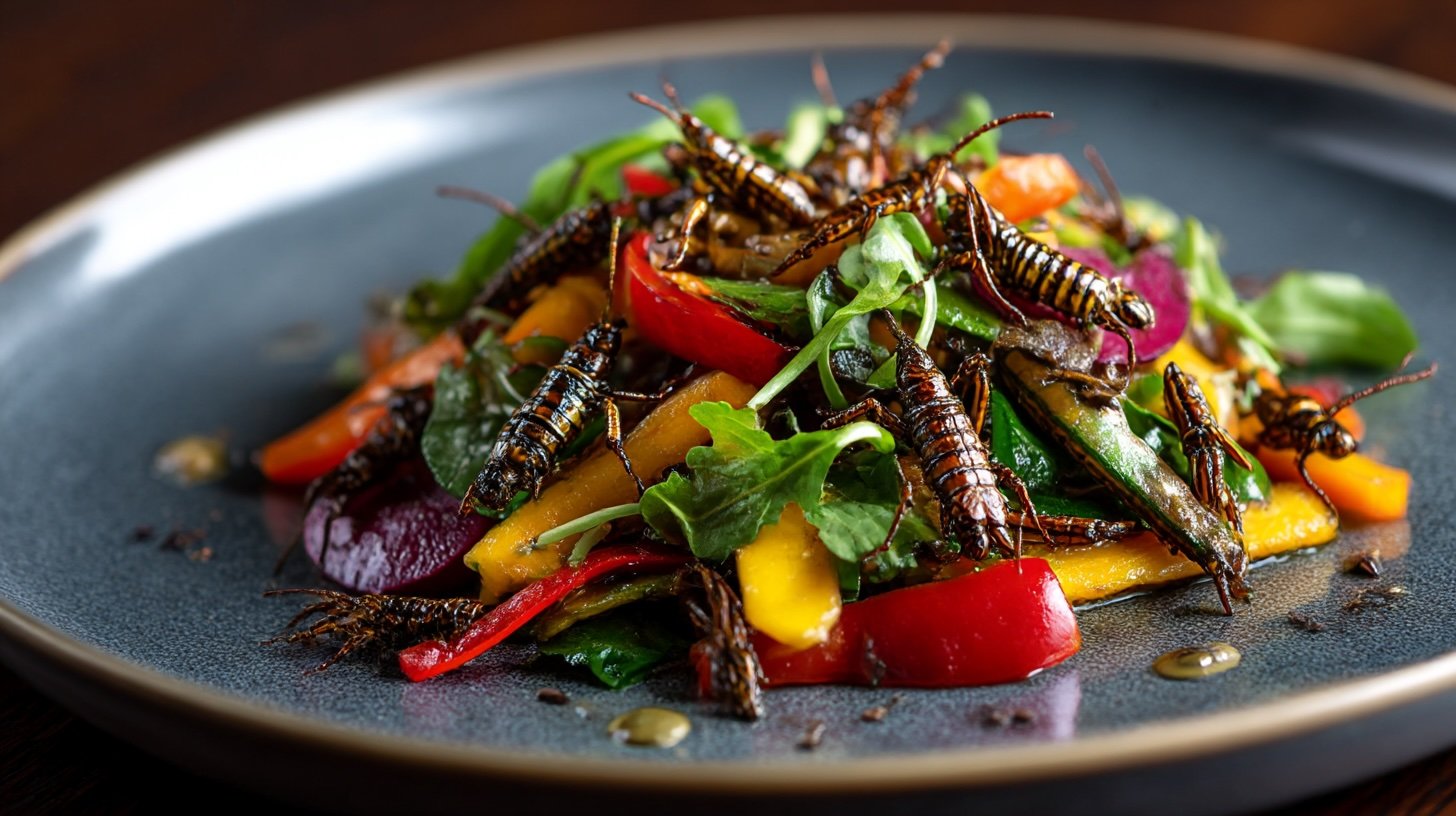Strange Foods, Surprising Benefits: The Science of Unlikely Nutrition
Some people will put anything in their mouths if you tell them it might add ten years to their life or give them glowing skin. That’s how we ended up with the craze for drinking celery juice, snacking on cricket bars, and convincing ourselves kale crisps are a treat rather than an insult. Strange foods have always hovered on the edges of human diets, often dismissed as eccentric or downright revolting, until science sneaks in with a raised eyebrow and says, actually, there’s something interesting going on here.
Take edible insects. For years they’ve been the stuff of television dares and travel‑show stomach‑churning challenges. Yet entomologists and nutritionists keep pointing out that crickets and termites are not only high in protein but also brimming with iron and zinc, with a climate footprint that makes beef look like the villain it secretly is. The only thing standing between us and a crunchy cricket stir‑fry is our collective squeamishness, and perhaps the memory of a moth fluttering into a lampshade.
Seaweed is another case. For coastal communities in Japan or Wales it’s just food, but to the average supermarket shopper elsewhere it looks like wet wallpaper stuck to sushi rice. Yet the humble algae delivers iodine, antioxidants, unique fibres that cosy up to your gut bacteria, and enough potential health claims to make any nutritionist foam slightly at the mouth. It also grows like mad without fertiliser, which is more than can be said for your average avocado.
Sometimes the strangeness isn’t in the food itself but in how we prepare it. Corn, for example, only yields its niacin if you soak it in an alkaline bath first. This process, nixtamalisation, was well known to Mesoamerican cultures long before lab coats confirmed it. Without it, communities depending on maize risked pellagra, a truly miserable disease. Strange, then, that something as basic as a soak in limewater could be the difference between malnutrition and survival.
There are also perfectly ordinary foods that, when studied more closely, deliver a weird surprise. Grapes, those cheerful little spheres that we mainly associate with hangovers and finger foods at office parties, have shown they can flip genetic switches in muscle tissue. In mice at least, regular grape consumption seems to boost lean‑mass genes and hush up the ones linked to muscle decay. Imagine explaining to your gym buddy that your new secret weapon is not whey powder but a punnet of seedless.
Then you have the underdog category: foods like duckweed, psyllium husk, nutritional yeast, or jackfruit. Duckweed, also called mankai, looks like pond scum but is a complete protein source that farmers can grow in tubs the size of a paddling pool. Psyllium husk sounds like something you’d stuff into cushions, but it’s a fibre powerhouse that lowers cholesterol and keeps blood sugar steady. Nutritional yeast is essentially the confetti of the vegan world, a flaky powder with cheesy flavour and a payload of B vitamins. Jackfruit, meanwhile, has had its moment as a pulled‑pork impostor, but scientists are more interested in its antioxidant and anti‑inflammatory compounds than in fooling carnivores.
Even foods with dodgy reputations sometimes reveal a silver lining. Ice cream, villain of every dietician’s nightmares, has cropped up in studies suggesting a link with lower diabetes risk. The evidence is shaky, the mechanisms unclear, but the idea that a scoop of pistachio gelato could be anything other than indulgence is delightfully perverse. It shows how nutrition science delights in tugging the rug from under our moral assumptions about food.
The science of strange foods often boils down to three things: how our guts react, what nutrients become unlocked, and which genes get whispered to by odd little molecules. Sometimes it’s also about sustainability: these unusual edibles are often cheap to produce and low on environmental sins, which makes them doubly tempting in a world wobbling under climate change.
Of course, a note of caution. Not every unusual food is a miracle; some are merely novel ways to give yourself stomach cramps. Research is often preliminary, conducted on animals, and wildly oversimplified when it filters into headlines. But behind every sensational claim there is usually a grain of truth worth exploring. The trick is to separate the folklore from the data, and the marketing spin from the microbiome studies.
So, the next time someone offers you roasted crickets, a smoothie spiked with duckweed, or a plate of jackfruit tacos, don’t roll your eyes too quickly. You might just be looking at the future of nutrition, dressed in a costume your palate hasn’t learned to respect yet. Strange foods are only strange until we accept them, at which point they become Tuesday lunch. And who knows — perhaps the cure to your mid‑afternoon slump really is lurking in a handful of seaweed or a spoonful of yeast flakes. Stranger things have certainly turned out to be true in the kitchen.
